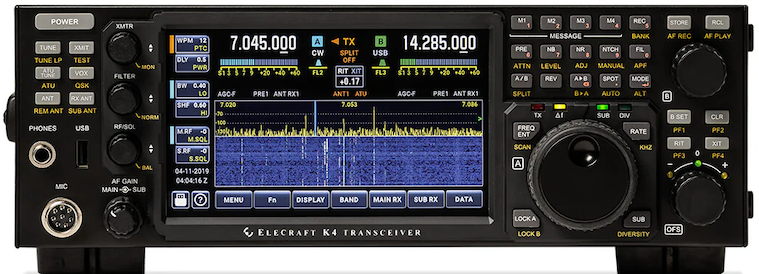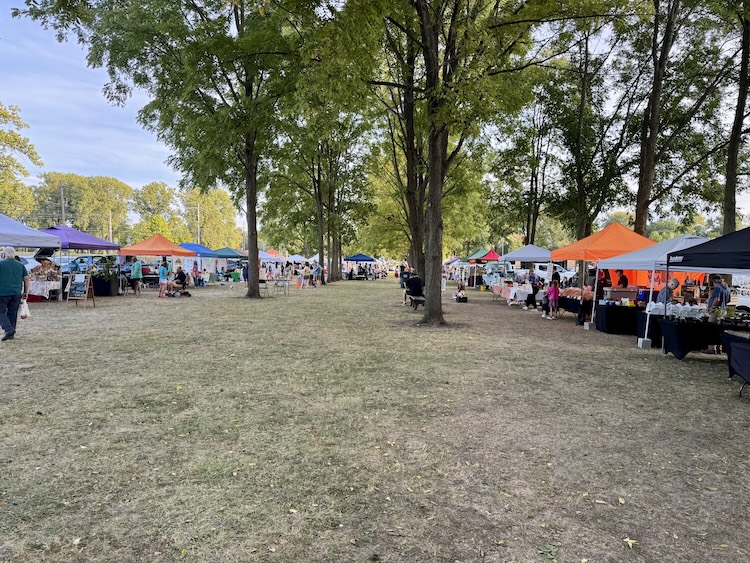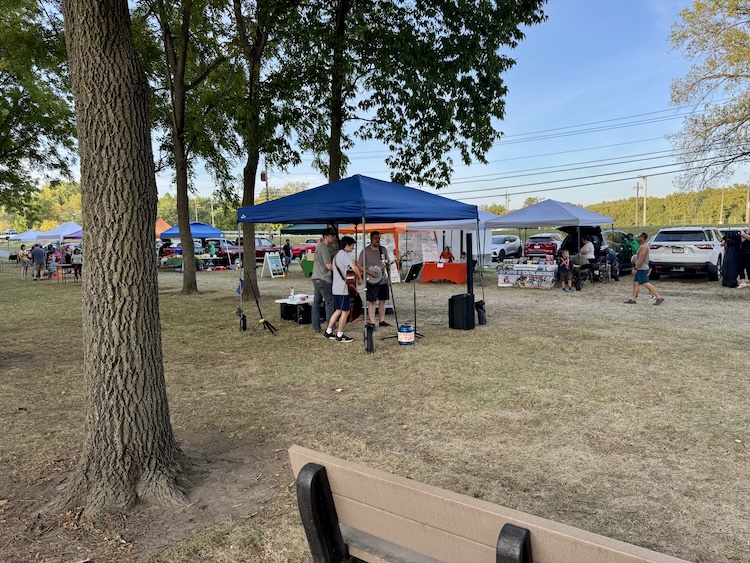QSL Cards - Historical Markers
Thanks to those who replied with comments about part one of this series about QSL cards. The consensus seems to be that broadcast stations initiated the practice of sending post cards that hams eventually emulated. That’s a good enough explanation for me, though I prefer to believe it was more magical than that. What got me thinking about all this was coming across a lonely box in the attic that contained stacks of old QSL cards. These go all the way back for me…
I was licensed in 1977 near the end of my high school days. It took me a few months to assemble a Heath HW-16 and get it on the air. My Novice call was WD9GCT, an abomination for a CW operator. When I upgraded to General I asked the FCC to issue me a new call, anything would be better, and they handed me N9AVG out of the pool, a big improvement. I held that call for 25 years until a crazy notion about a shorter call sign that started with a “K” stirred and I picked up the vanity call KE9V which I’ve now held for more than 20 years.
The very first QSL card I ever received was from WB4AKY of Tampa, Florida confirming our 15 meter CW chat on August 4, 1977. This was during the summer I graduated high school and just before I was off to college. Several of the cards received during this period included “good luck in college” notes so I guess that transition loomed large enough in my head that I was pounding brass about it with random strangers. I have about a hundred cards from my Novice days and these are a historic treasure for me and indicate what would lie ahead.
After upgrading to General I began exploring the world of QRP and nearly all of the QSLs received during that period were for low-power contacts. Many more than I remembered were apparently of the two-watt variety. All small kits, a dozen or more of them prior to the Elecraft era.
Some of my favorites include one from W6ZH/QRP “Pete” Herbert Hoover, III. Pete was a prolific low-power enthusiast using his K2 (#0043) who also happened to be the grandson of President Herbert Hoover. Another from the father of the modern QRP movement, Ade Weiss, W0RSP/QRP who was running a home-brew concoction when I snagged him. Another from Ken, N2CQ a legend. My first QSL card for a 2x2 QRP contact with AL7FS in Alaska and KH6B in Hawaii remain special to me too.
Then there was this improvised, but priceless “card” from K7MOS in Billings, Montana (back). Charles was 70 at the time and had been using CW since 1953 - 49 years of CW only for this gentleman!
Another somewhat less traditional, letter and card confirmation came from my friend Carter Craigie, N3AO who only recently became a Silent Key. Back in 2002 he was on the Appalachian Trail when his few watts of RF tickled my galena.
There are so many others, all treasures that persuade me that QSL cards are much more than just confirmation of a contact, they’re historical markers in the slipstream of our radio lives. Electronic confirmations, like LoTW and others, are about as boring as watching paint dry. It’s only become preferable due to ever increasing postage costs that has made traditional QSLing unaffordable.
This needs to be remedied…







